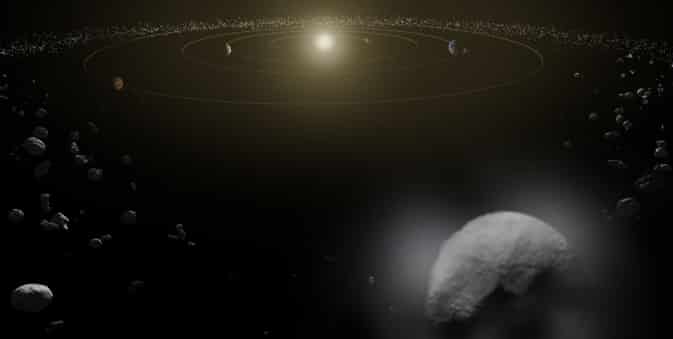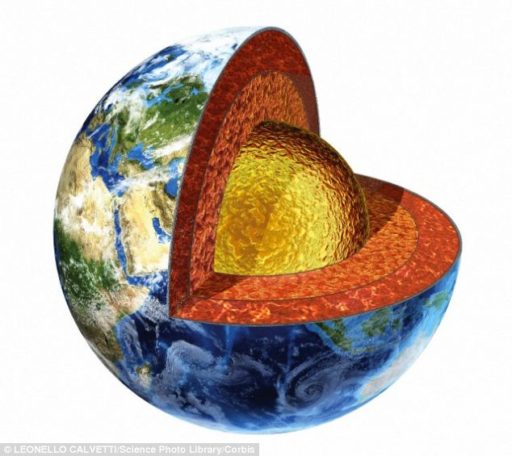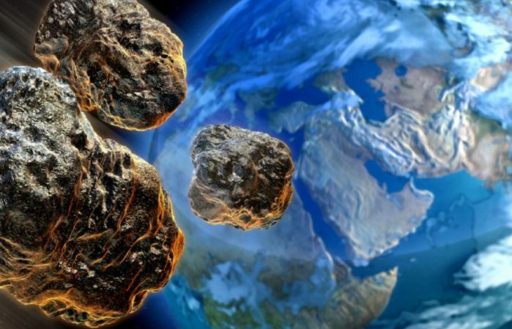Last month we reported that Hubble space telescope captured Jupiter’s moon Europa spouting water vapor from its south pole. Such finding has hinted scientists that there might be many planets in space, containing huge amounts of water hidden beneath the surface, but we don’t know. However, lately scientists have found a dwarf planet that may contain more fresh water than Earth.
The name of this dwarf planet is Ceres. This dwarf planets was discovered on January 1, 1801 by Giuseppe Piazzi. Ceres is the largest asteroid and the only dwarf planet in the inner Solar System, orbiting in the asteroid belt between the orbits of Mars and Jupiter. This dwarf planet has rock–ice body and it is 950 km (590 mi) in diameter. Ceres contains about one-third of the mass of the asteroid belt.
The Cererian surface is probably a mixture of water ice and various hydrated minerals such as carbonates and clay minerals. It appears to be differentiated into a rocky core and icy mantle, and may harbor an ocean of liquid water under its surface. From Earth, the apparent magnitude of Ceres ranges from 6.7 to 9.3, and hence even at its brightest it is still too dim to be seen with the naked eye except under extremely dark skies.
However, on 22 January 2014, ESA scientists reported the detection, for the first definitive time, of water vapor on the dwarf planet, Ceres. The detection was made by using the far-infrared abilities of the Herschel Space Observatory. Scientists believe, Ceres contains both an atmosphere and a surface of ice and if that ice melt in future, then we may get more fresh water than all of Earth.
Carol Raymond, the deputy principal investigator at NASA’s Jet Propulsion Laboratory, said in a press release on the discovery, “We’ve got a spacecraft on the way to Ceres, so we don’t have to wait long before getting more context on this intriguing result, right from the source itself. Dawn will map the geology and chemistry of the surface in high-resolution, revealing the processes that drive the outgassing activity.”
The finding is unexpected because comets, not asteroids, are typically considered to “sprout jets and plumes”. The discovery has been published in the journal Nature.
Source: NASA
[ttjad keyword=”ps3″]




